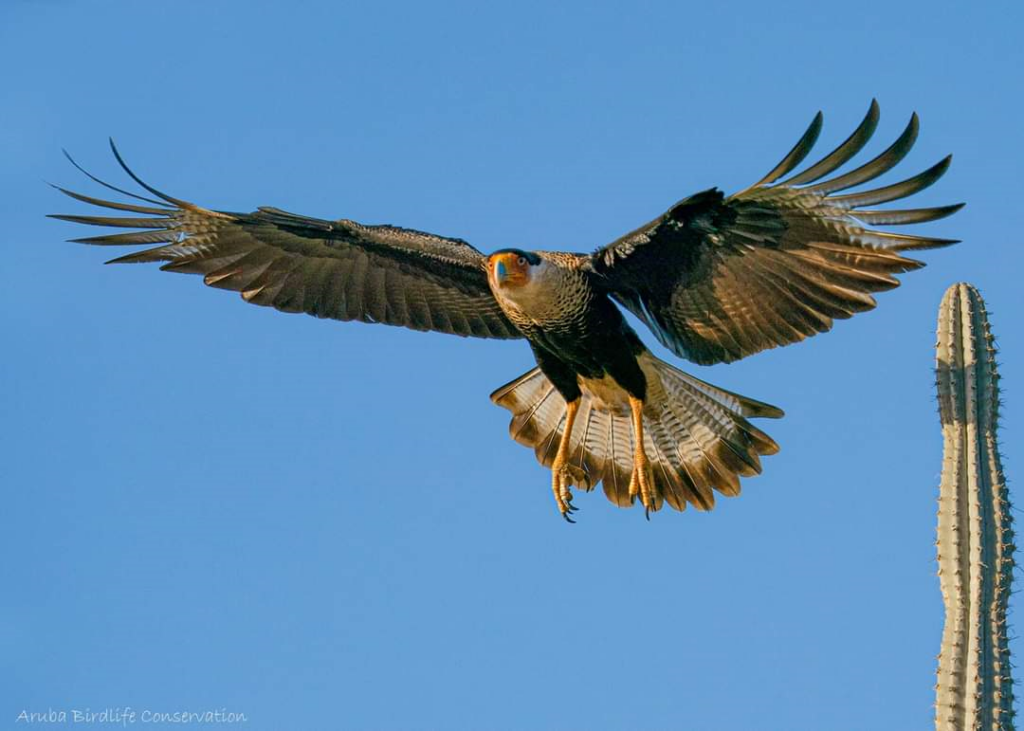The Crested Caracara (Polyborus plancus), known locally as “Warawara,” is one of Aruba’s largest birds of prey. This scavenger raptor plays a crucial role in the island’s ecosystem, cleaning up carcasses and preventing the spread of disease.
The Warawara in Aruba is known to:
Unfortunately, the Crested Caracara population in Aruba has declined by 50% since 1985. The main reasons include:
The Crested Caracara is not just a powerful predator but also a vital scavenger in Aruba’s ecosystem. However, rapid urbanization is threatening its future. Conservation efforts are critical to ensuring this majestic bird continues to thrive on the island.
